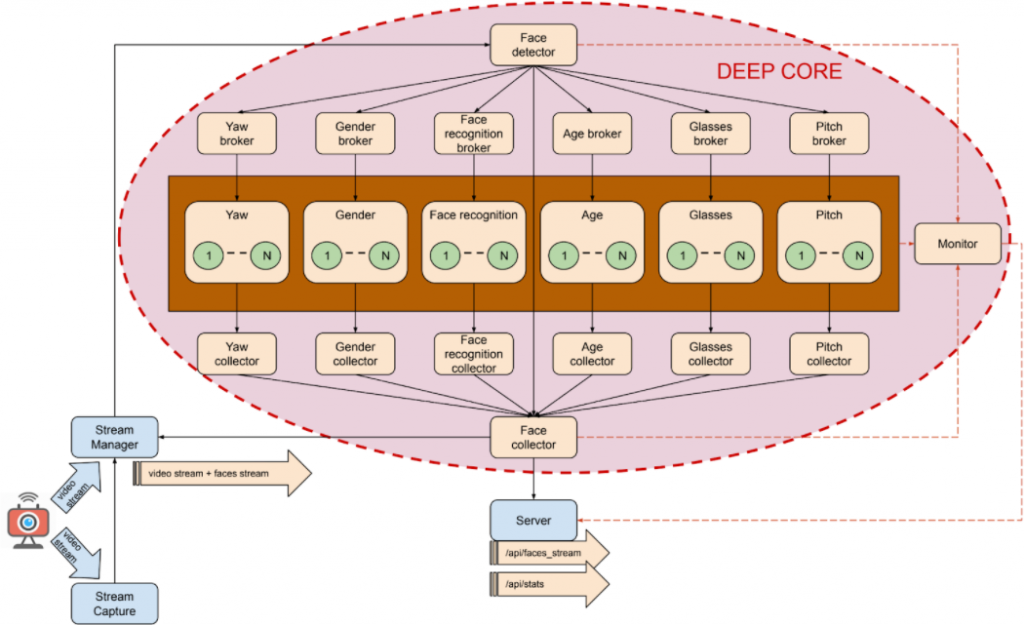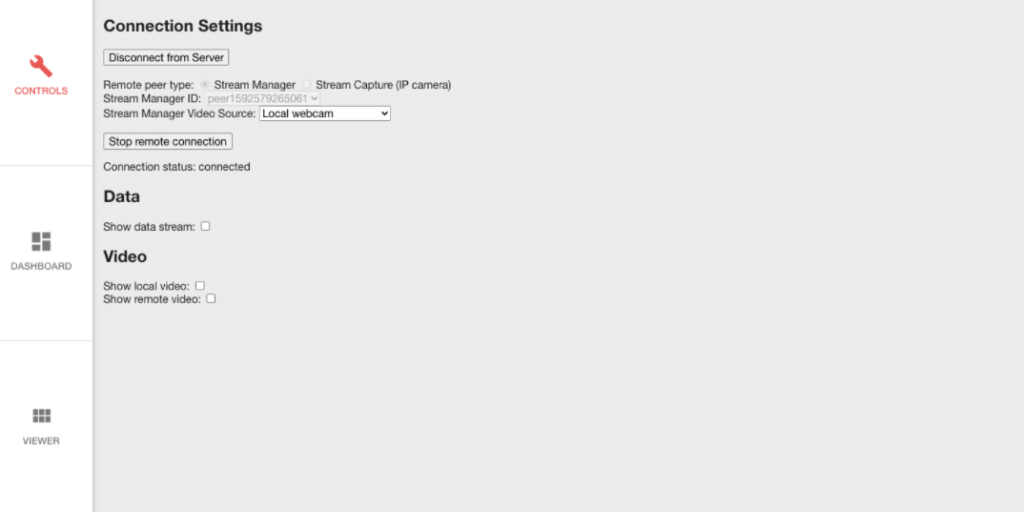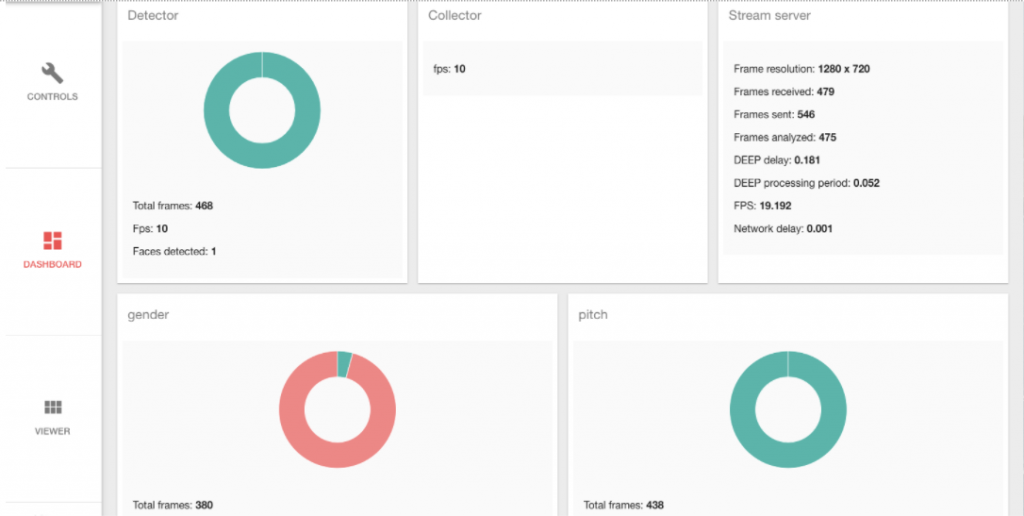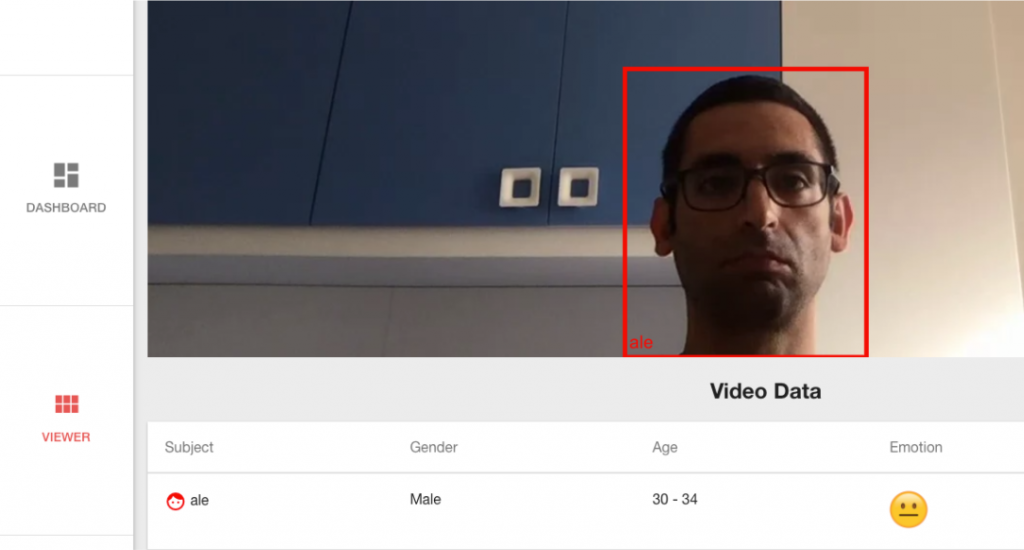DEEPFRAMEWORK
Framework scalabile e distribuito per l’analisi real-time di stream video
Referenti
Contesto
L’analisi della scena ripresa da una telecamera può rappresentare un problema sia in termini di costi che in termini di affidabilità al crescere del numero di informazioni che si vogliono estrarre dal video. Se tale analisi fosse compiuta da un operatore umano, è evidente che difficilmente riuscirebbe, per esempio, a contare manualmente una certa tipologia di oggetti e a descriverne le caratteristiche in tempo reale. La soluzione adottata per risolvere questo tipo di problemi, è fornita dallo studio di tecniche di computer vision. Negli ultimi anni, hanno riscosso particolare successo le tecniche di Deep Learning grazie alla loro affidabilità e alla sempre crescente potenza di calcolo fornita, a costi relativamente contenuti, dai supporti hardware. La criticità nell’utilizzo di tali tecniche è rappresentata dal tempo di esecuzione dell’algoritmo. Risulta chiaro che, pur ottenendo delle classificazioni accurate, al crescere del numero di informazioni che è necessario calcolare, i tempi di risposta dell’algoritmo crescerebbero se non si adottassero delle opportune soluzioni.
Descrizione
Il Deep Framework è un framework scalabile e distribuito sviluppato in Python per l’analisi real-time di un stream video.
Il framework è costituito da diversi componenti organizzati in una pipeline modulare che consente di distribuire e parallelizzare tutte le fasi dell’analisi che comprende l’acquisizione del video, rilevazione dell’oggetto di interesse, estrazione delle informazioni, acquisizione dei risultati e creazione dello streaming di output.
La versione corrente del framework include l’implementazione di un algoritmo di face detection e di vari algoritmi per l’estrazione di informazioni dai volti individuati:
- Age estimation;
- Gender estimation;
- Face recognition;
- Glasses detection;
- Yaw estimation;
- Pitch estimation.
Il Deep Framework fornisce inoltre la possibilità di sviluppare e includere nella pipeline di esecuzione un proprio algoritmo di detection o di feature extraction in maniera semplice e veloce.
Tratti innovativi
- Permette di eseguire molteplici algoritmi di Deep Learning in tempo reale;
- Permette di sviluppare un algoritmo di computer vision e di includerlo in una pipeline di esecuzione in maniera semplice e veloce.
Potenziali utenti
- Sviluppatori di:
- algoritmi di computer vision;
- sistemi di Realtà Aumentata;
- sistemi di presentazione di contenuti personalizzati;
- sistemi di telemonitoraggio e videosorveglianza;
- Operatori per la sicurezza, retail.
Settori d’impatto
Sicurezza, ambienti intelligenti, business analytics, marketing, intrattenimento, retail.




